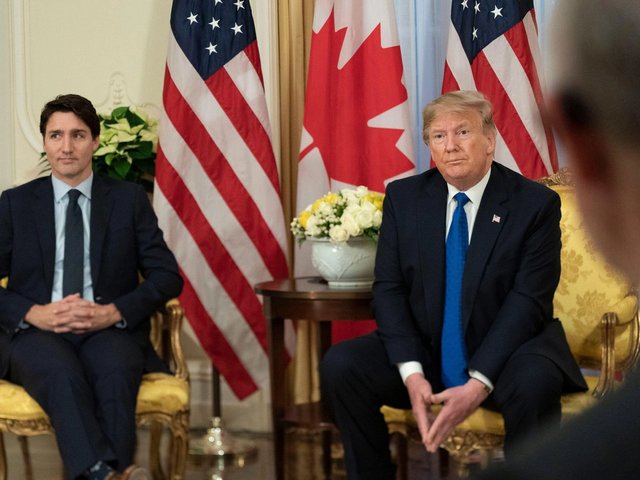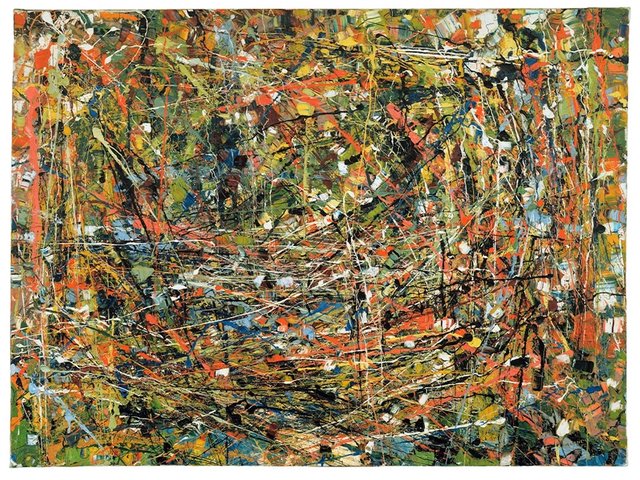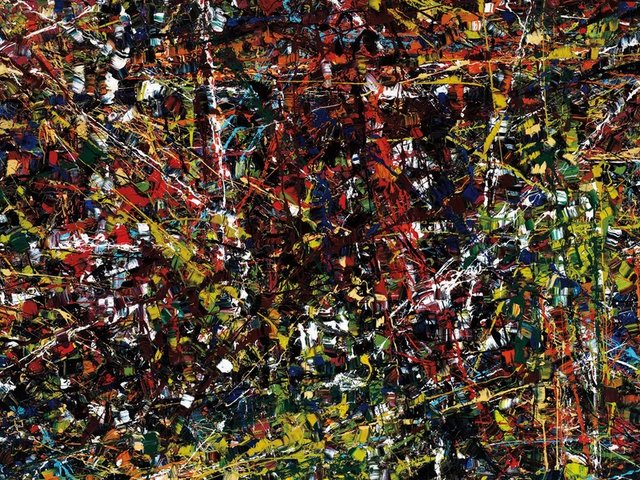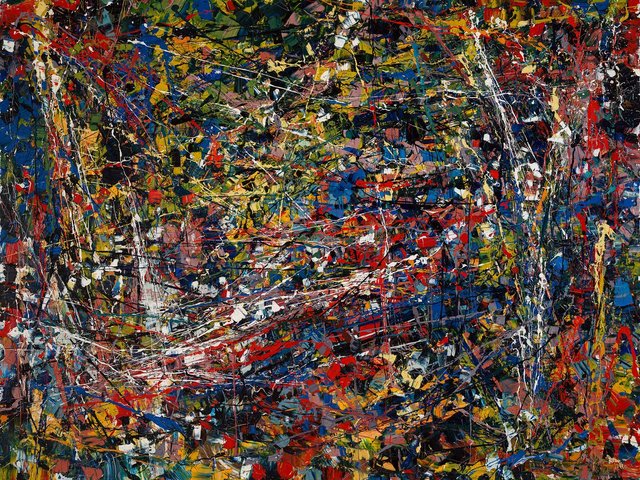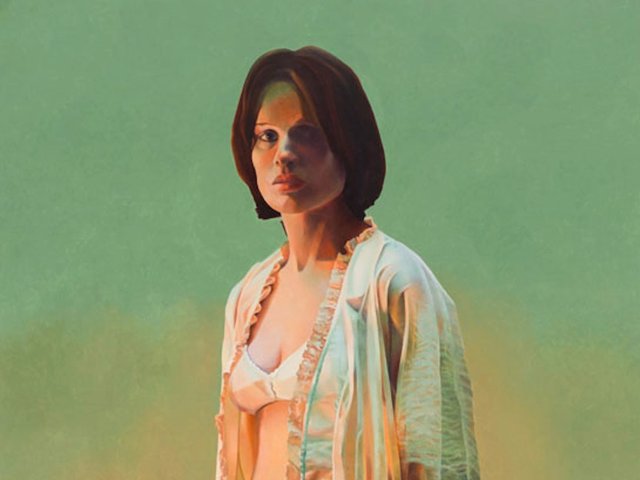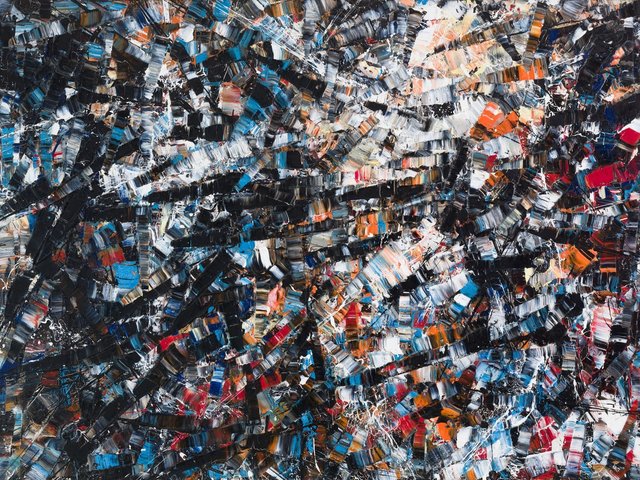At the opening of Riopelle: Crossroads in Time at the Vancouver Art Gallery in mid-March, the philanthropist Michael Audain, who chairs the Jean Paul Riopelle Foundation and is one of the celebrated Quebecois modernist’s most prominent collectors, extolled the late painter as one of “Canada’s greatest artistic heroes”. After acknowledging the presence of Jean-Luc Murray, the director general of the Musée National des Beaux-Arts du Québec—where a whole new wing dedicated to Riopelle is under construction—Audain ended his speech with a rousing “Vive le Canada” and a fist pump.
Displays of nationalism have long been uncommon in Canada—except perhaps at hockey games—but as Canadians reeled from US President Donald Trump’s trade war and threats of annexation, a wave of patriotism has swept the nation. And its art community is not immune. That sentiment helped sweep the Liberal party and Mark Carney to a decisive victory in this week's national election, although they did not receive enough votes to have a majority in parliament.
“Instead of ‘elbows up’,” says David Heffel, the president of Heffel Fine Art Auction House, referring to the widespread adoption of a hockey phrase to express patriotism, “it’s ‘paddles up’.”
Heffel says the country’s leading auction house has had a banner few months in terms of sales of Canadian art. “Our online sales of Canadian art were higher in January than they have been since 2000,” he says, noting that the buyers are not all domestic clients. “Many foreign buyers—including Americans and expat Canadians—are attracted by the weaker Canadian dollar.”
Works by Riopelle are particularly sought after right now, according to Heffel. “The biggest impact on the Riopelle market is the size of bequests going to the new Riopelle centre in Quebec,” he says.
Recent gifts of the artist’s work by both Audain and the mining entrepreneur and philanthropist Pierre Lassonde, Heffel says, have created a vacuum in the market. “Those works will be removed from the market for perpetuity, so...for the next generation of collectors, it’s going to be almost impossible to get a major museum-calibre Riopelle,” he says.
According to Heffel, a similar phenomenon happened with the work of another revered Canadian modernist, Emily Carr, when the Emily Carr Trusttook more than 300 works off the market indefinitely. “It’s very hard now for a collector to acquire an Emily Carr,” he says.
Mirroring the broader economic trend towards interprovincial trade in the face of US tariffs, there has been a concomitant increase in interprovincial art buying. “The market for Canadian art is definitely growing,” says Felix Tetu, a Quebecois collector who owns six works by Riopelle and flew to Vancouver for the exhibition opening. He cites Riopelle’s Iceberg series as an example. “In 1980 one sold for C$50,000 and now it would be worth C$5m.”
Dissolving ‘les deux solitudes’
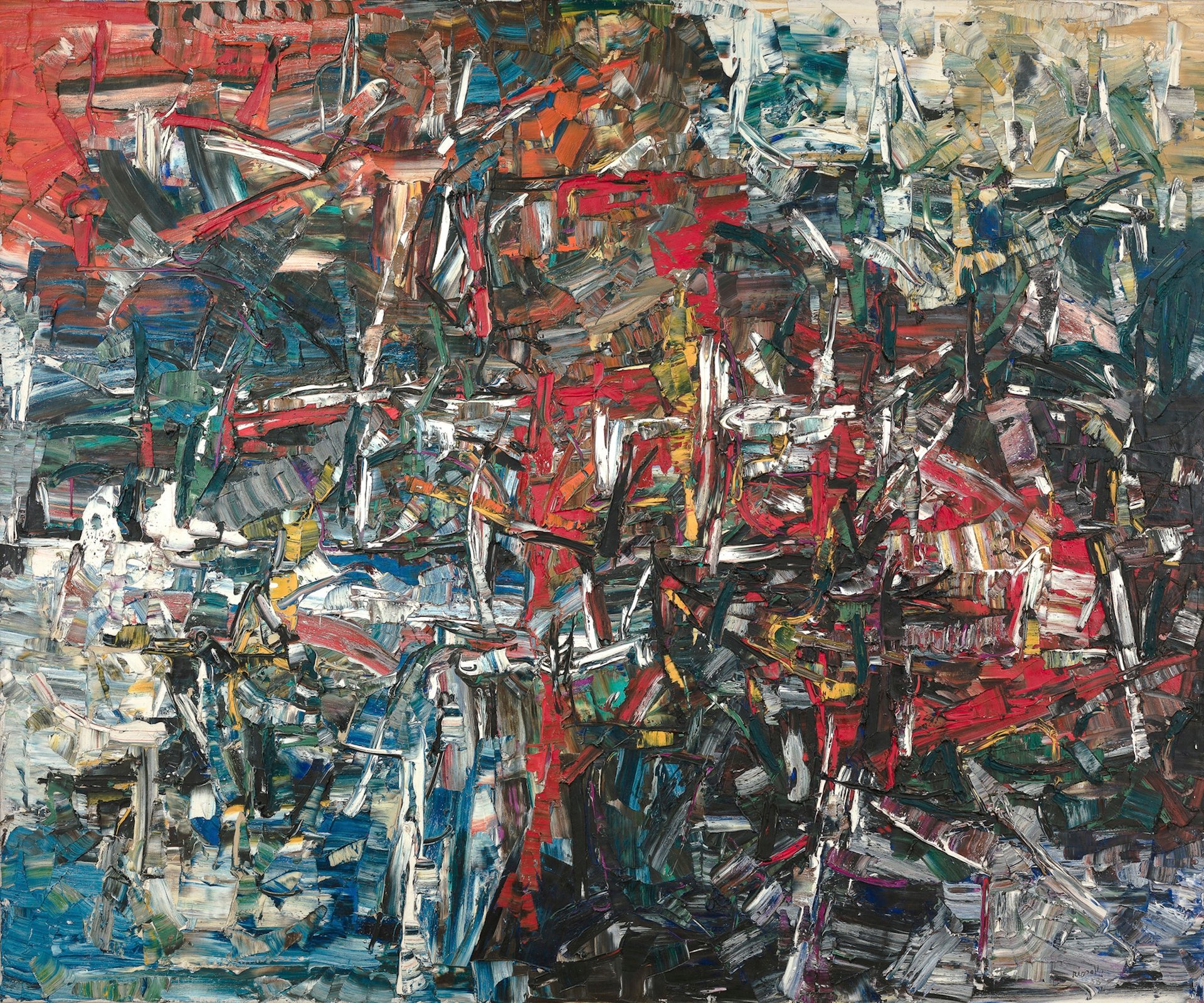
Jean Paul Riopelle, Chicago II, 1958 Courtesy of MNBAQ, transfer in favor of a special contribution of the Ministère de la Culture et des Communications du Québec (2001.154), © Succession Jean Paul Riopelle/CARCC Ottawa 2025, Photo: Idra Labrie, Courtesy of MNBAQ
Tetu credits the Riopelle Foundation for its efforts to promote the artist’s work around his centennial in autumn 2023, but also sees a certain amount of patriotism at play. As a proud Quebecois and Riopelle collector, Tetu says he likes to collect art by artists from his home province. “I buy it because it pleases me,” he says.
While Riopelle is well known in Quebec and France, he has traditionally had a lower profile in English Canada. But the Riopelle Foundation’s recent promotion of his work, and Crossroads in Time’s journey from exhibiting at the National Gallery of Canada in Ottawa to the Winnipeg Art Gallery and now the Vancouver Art Gallery, are changing that.
The current nationalist moment has accelerated the dissolution of les deux solitudes—a historical dynamic whereby exchange between the Anglophone and Francophone parts of Canada has been minimal—in the national art community. And while the ruling Liberal party has yet to roll out a policy comparable to its pandemic-era commitment to supporting arts and culture, with Carney pledging to inject C$150m into the beleaguered CBC, there are some encouraging signs of life on the Canadian cultural landscape.



